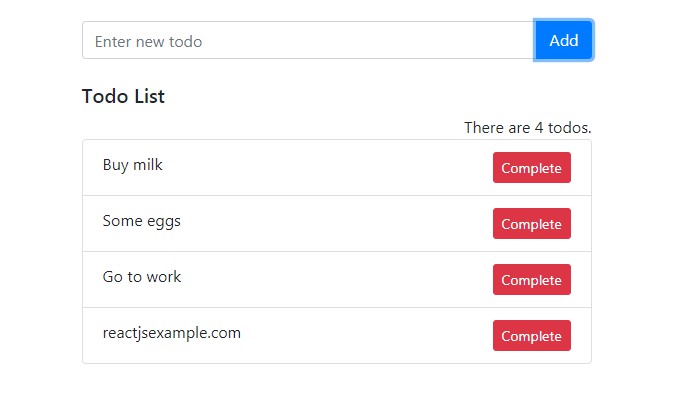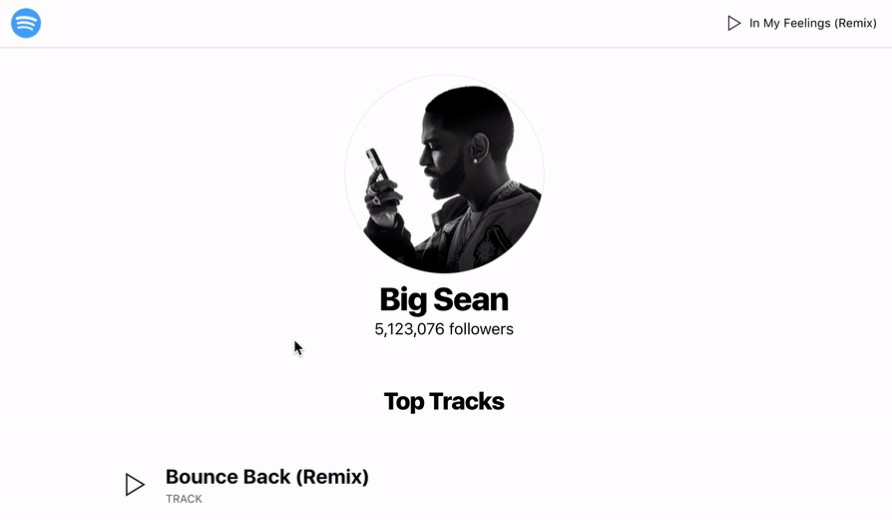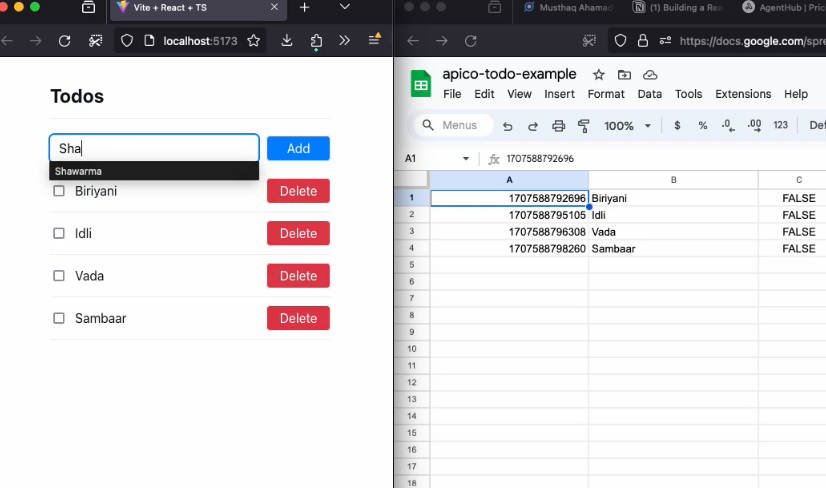React Hooks Todo App
A trial to achieve a correct approach. Trying to get rid off using Redux, make contexts more useful with useReducer and make components "easy-to-test simple functions".
A highly decoupled, testable TodoList app that uses React hooks.
This is a training repo to learn about new hooks feature of React and creating a testable environment.
- Zero-dependency
- No class components
- Uses
Contextto share a global state - Uses
useReducerto manage state actions useStateto create local state- Decoupled state logic (Actions)
- Testable components (Uses Jest + Enzyme for tests)
- Custom Hooks for persisting state.
For better approaches please open Pull Requests
Summary
1. Context:
The main approach was to get rid off Redux and use React Contexts instead. With the composition of useState, useContext I created a global state. And passed it into a custom hook called useTodos. useTodos curries useState output and generates a state manager which will be passed into TodoContext.Provider to be used as a global state.
function App() {
// create a global store to store the state
const globalStore = useContext(Store);
// `todos` will be a state manager to manage state.
const [state, dispatch] = useReducer(reducer, globalStore);
return (
// State.Provider passes the state and dispatcher to the down
<Store.Provider value={{ state, dispatch }}>
<TodoList />
<TodoForm />
</Store.Provider>
);
}
2. The Reducer:
The second approach was to seperate the main logic, just as the actions of Redux. But these are fully functional, every function returns whole state.
// Reducer is the classical reducer that we know from Redux.
// used by `useReducer`
export default function reducer(state, action) {
switch (action.type) {
case "ADD_TODO":
return {
...state,
todos: [...state.todos, action.payload]
};
case "COMPLETE":
return {
...state,
todos: state.todos.filter(t => t !== action.payload)
};
default:
return state;
}
}
3. State and Dispatcher
I reach out state and dispathcer of context using useContext and I can reach to the actions.
import React, { useContext } from "react";
import Store from "../context";
export default function TodoForm() {
const { state, dispatch } = useContext(Store);
// use `state.todos` to get todos
// use `dispatch({ type: 'ADD_TODO', payload: 'Buy milk' })`
4. Persistence with custom hooks:
I created custom hooks to persist state on localStorage
import { useEffect } from "react";
// Accepts `useContext` as first parameter and returns cached context.
export function usePersistedContext(context, key = "state") {
const persistedContext = localStorage.getItem(key);
return persistedContext ? JSON.parse(persistedContext) : context;
}
// Accepts `useReducer` as first parameter and returns cached reducer.
export function usePersistedReducer([state, dispatch], key = "state") {
useEffect(() => localStorage.setItem(key, JSON.stringify(state)), [state]);
return [state, dispatch];
}
The App function will be:
function App () {
const globalStore = usePersistedContext(useContext(Store));
// `todos` will be a state manager to manage state.
const [state, dispatch] = usePersistedReducer(useReducer(reducer, globalStore));
5. Everything is testable decoupled:
The last but most important part of the approach is to make all the parts testable. They don't tie to eachother which makes me to write tests easily.





